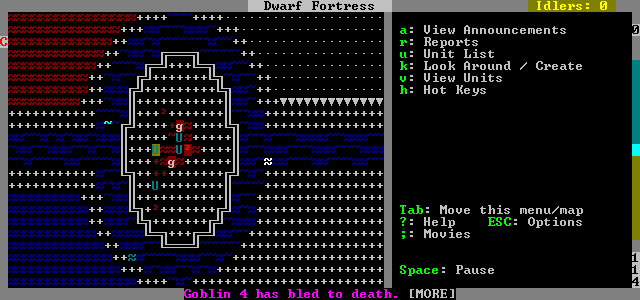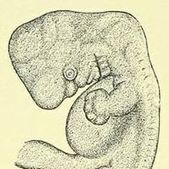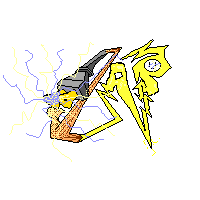Hello! I'm new here and and I'm looking for possible solutions for my project. I'm a pixel artist developing my first game.
Short: How easy is to develop a game mechanic where many characters (builds with universal inner stats) are represented as simple pixel or small clusters on a topview generic and simle map. Each one with their own stats, movement patterns and speed. This behavior is not controled by the player, but watches one passivally and make some decisions later. Another factor I would like to include on each individual (or a small group) is it capacitiy to detect diferent targets (or threats) that randonly appear under each field of view and senses ranges, simulating many possible interactions based on stats comparison and other probability scenarios.
As it may sounds, I'm not a dev, but after a extented research on our main subject, this matched clearly with our inicial goal. Our dev said this is not viable since there are many diferent characters (the player only follow one kind at time) with diferent behaviour and characteristics, as also other small probabilities results (run away, agressiveness, atack range, max health, etc etc)
I tried to make it sound as clearly as I could, and since English is my second language I think I was abble to deliver the message.
Does it sound possible or too much for a small team?
Minimalist pixelart with simple interaction and behaviour
The best thing in this situation would be to reference an existing game then explain what you are going to do differently. I'm imagining something like Dwarf Fortress when you describe it, does this look kind of like what you are thinking of?

@krb Ok, Let's go deeper:
DF is a good analogous due to it complexity compensated by it minimalist approach but I need to play it more to get better into it. Each "class" in my game is represented by inner and some opposite stats, such as Defense/Attack, Stealth/Detection , health, mobility. Size and weight is another characteristic. Stealth and detection are values that determine how each individual (sometimes a small group of same kind) cant be aware of surrounding enemies or preys since they randomly appear in the players field of view range according to it main senses (vision, hearing, smell?). Every class in this game have their own synergy in relation with another kind, going from threat (significant bigger/stronger/faster), target (smaller, weaker and slower) or neutral (same sizes, or too small/big), as long as they share the same region, niche (compete for the same resources, in a specific environment). Wheterer land or water, cold or hot, desert or forest, appearing at where they are better fitted for.
better now?
Makes sense.
I'm a novice at coding but none of that really seems too overly complex and like things that could be handled by arrays and variables. Have an array that lists each character class assigning a value that corresponds with stats and behavior then have every individual object have local arrays and variables such as hp and movement speed built in corresponding to a value that dictates that individual's movement/behavior. It would probably be a lot of coding once or twice then copy/pasting and changing values over and over once you get it figured out. Basically try to think of each function you want to happen in the game, decide whether that needs to be accessed by one or multiple objects, then assign the tasks accordingly and try to boil each task down to math. If you are working with a programmer already they should be able to help you with this, if the issue was just a failure of communication than the explanation you gave here sounds pretty good and they should be able to get the jist of what you mean and code a prototype around that.
Could you list some concrete numbers? Or at least orders of magnitude. How many characters exist at once? How many stats are there? Are they on a flat grid or in 3D space? How large is the space, are they all on one screen or is there a large map? All these things affect how complex the game is, a dozen characters on a grid is much easier to do than thousands of characters on huge maps.
Also, is this for a game or some scientific simulation? In games, you don't need to simulate everything all the time, games take shortcuts and estimations to reduce the workload, while still looking like the whole world is alive.
Your idea is a game with unusually many characters (unusually low-detail graphics in order to show them all are a logical consequence). Making these characters complex is a problem and a cost, not a feature.
You appear to be pushing the limits of gratuitous complexity, rather than trying to find something for the characters to do and an effective and interesting way for the player to interact with them; you don't have to remake Dwarf Fortress. For example Liquid War is a very simple RTS with very many units, represented as single pixels.







